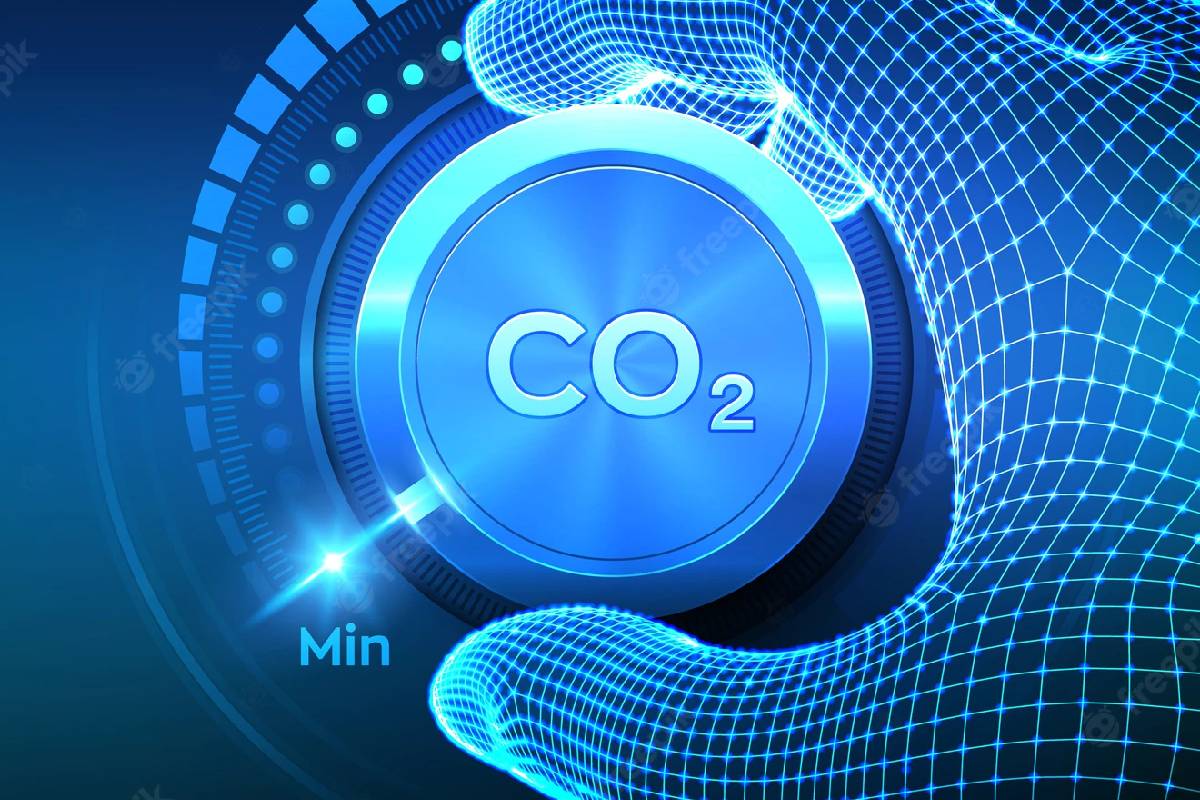
Emissions, pollution, and health hazards are currently hot topics.
Electric vehicles provide a transition to a clean energy future with little to no emissions. Electric cars are still prevalent across all generations as society moves toward more environmentally friendly ideas. The emissions from our present fuel-powered automobiles harm the environment. The process of creating electricity for electric vehicles may result in emissions. As the electric power industry develops cleaner over the future decades, these emission levels may even be lower, according to a new analysis published today, demonstrating that they are much lower than the pollution caused by conventional autos.
Types of vehicle Emissions
The two main types of vehicle emission are greenhouse gases like carbon dioxide and methane and air pollutants that contribute to pollution, haze, and health problems.
It is feasible to evaluate both emission categories directly and well-to-wheel.
Conventional cars’ internal combustion engines (ICEs) produce pollutants directly through the tailpipe, indirectly during fueling, and through fuel system evaporation.
In contrast, all-electric vehicles produce no direct emission. PHEVs have no tailpipe emissions when operating entirely on electricity.
But they are capable of evaporative emission.
PHEVs produce tailpipe emissions with ICE.
They frequently emit fewer direct emissions than comparable conventional vehicles, though.
Well-to-wheel emission comprise all emission from fuel production, processing, distribution, and use.
Removing petroleum from the ground, refining it, distributing it to gas stations, and burning it in automobiles creates emission.
The majority of electric power plants emit pollutants during the production of electricity, and additional emissions are produced during the extraction of the energy sources utilized to generate electricity.
Wheel-to-wheel emission encompass all emissions associated with the production, processing, distribution, and use of fuel.
When petroleum is extracted, refined, distributed to gas stations, and burnt in automobiles, pollutants are produced.
The majority of electric power plants exhaust pollutants during the extraction, processing, and distribution of the basic energy sources that are used to generate electricity.
The expected improvement in air quality brought about by the move to EVs does not justify the inability to address non-exhaust pollutants.
Should eliminate particle pollution from brakes and tires.
Conclusion –
Electric cars emit less pollution than cars that run on fossil fuels.
Instead, they eliminate engine exhaust emissions and greatly minimize brake emission.
Tire proofing is more complicated. The assertion that EVs produce more particle pollution through their tires, however, is false because EVs disregard the advantages of overall improved air quality.
It shouldn’t postpone the switch to zero-emission mobility because of particulate matter emission.
Regulations should instead focus on tire and brake pollution and ensure that all road vehicles have lower emissions from these sources.


